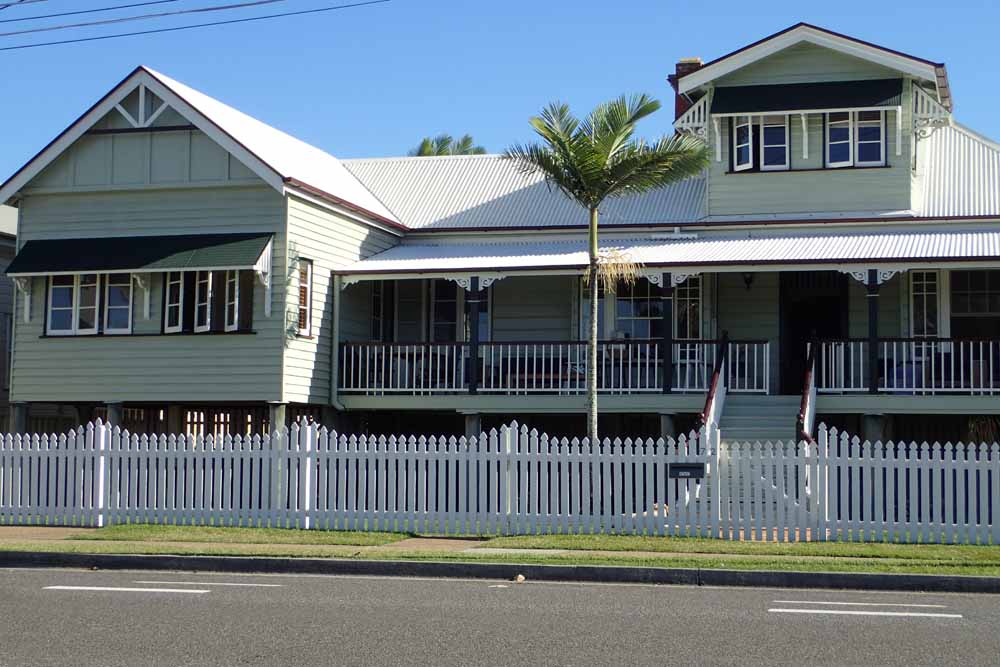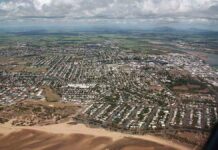Brisbane is a lively city with gorgeous green suburbs blended into high rises, mountains, and of course, the Brisbane River. There’s no doubt it has become a hotspot for anyone looking for a fresh start, with projections that over 1.5 million will move here within 20 years. Are you joining them in moving to Brisbane in 2024?
Here are a few things you need to know before you start bubble-wrapping your life.
Housing Types in Brisbane
The Appeal of Queenslanders
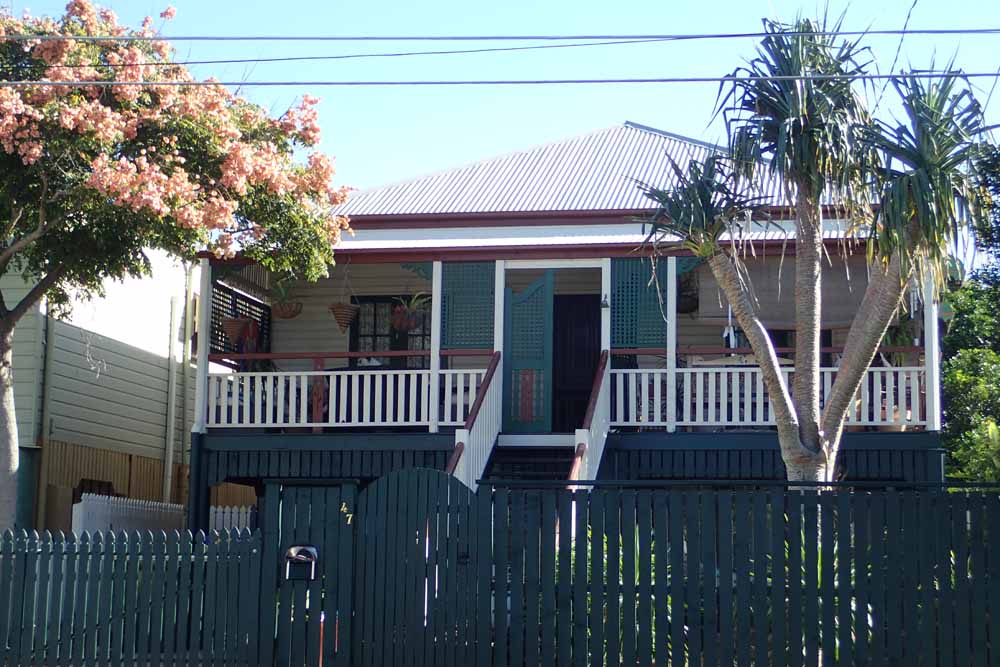
Queenslander homes are like Brisbane’s signature dish. Their high ceilings, timber floors, and spacious verandas scream ‘classic Brisbane.’ But remember, behind their enchanting facade lies a different story. These beauties demand constant care, can increase your heating and cooling bills, and might just invite a few unwanted guests. So, while these homes may capture your heart with their aesthetics, remember that they demand constant attention and care.
The Reliability of Brick Houses
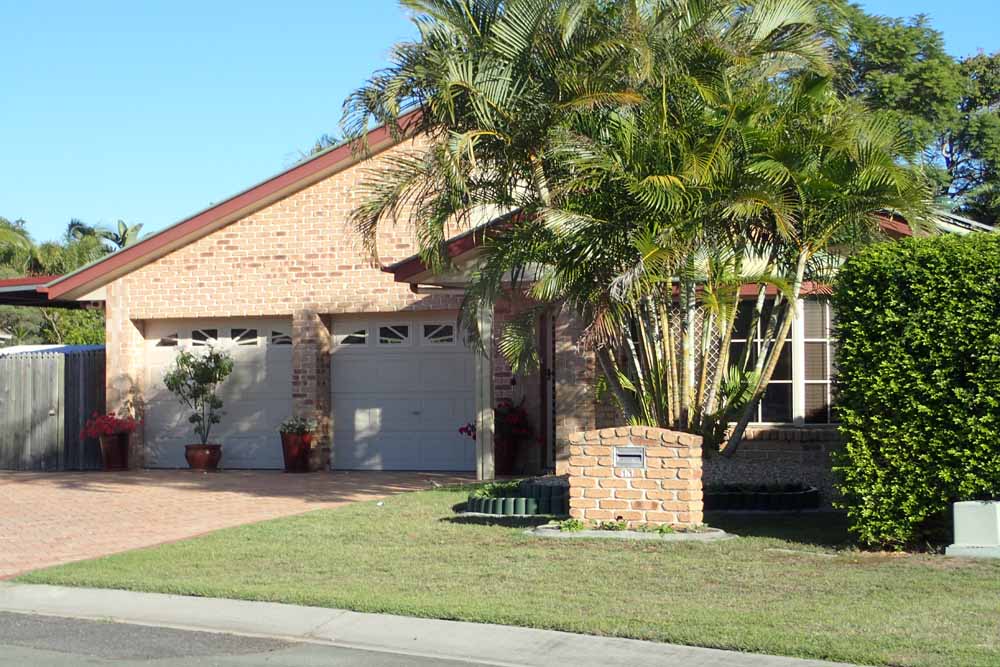
Brick houses are the next most popular design you’ll find on the streets of Brisbane. And though they might not have the same aesthetic appeal, they have plenty of advantages! They’re durable, often found in quieter suburbs, easy to maintain and you know they’re built to last! If you’re moving to Brisbane in 2024, a brick home gives you extra protection from the soaring summer heat, and the various pests that come with it.
Units and Townhouses
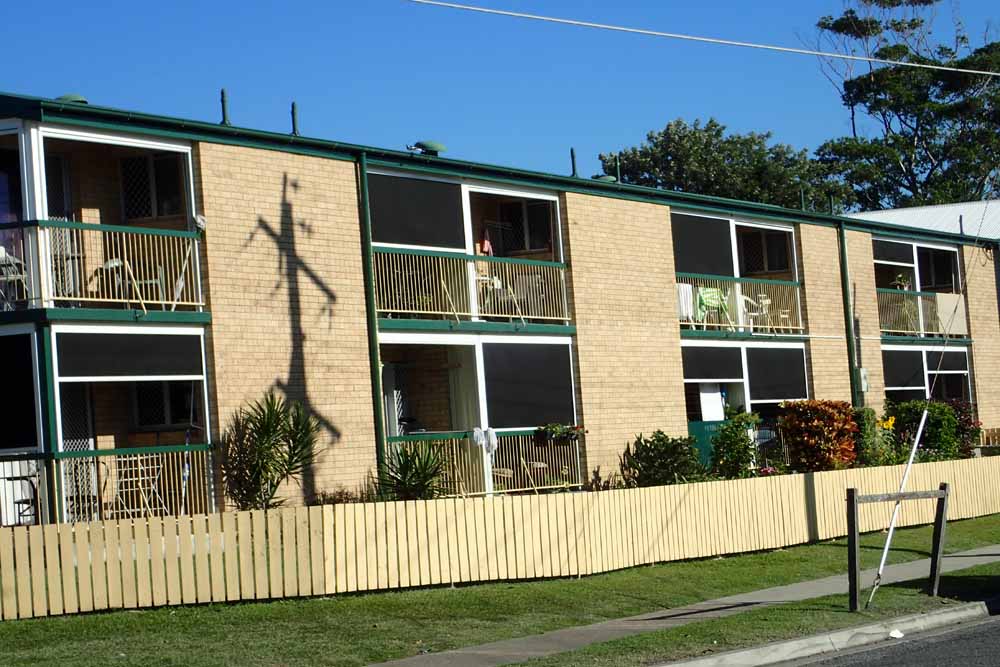
If you’re after a smaller property, or you want to live closer to the city, townhouses and units are the best option. You’ll find all sizes, from studio to four bedrooms (or more), and most of these also come with added amenities through a body corporate, such as a swimming pool, gymnasium, and even coffee shops. The options are abundant. Moving to Brisbane in the 2024 housing crisis means that flats and townhouses are the more affordable option. Brisbane’s property market continues to soar as other capital cities slow or even fall,
Location Matters
When house hunting, keep an eye out for those hidden gems close to good schools and efficient public transport. By the end of 2024, the Brisbane Metro should be zipping through the city, making properties near these routes a potential goldmine. Also, consider the proximity to parks, shopping centres, and other amenities that can enhance your living experience in Brisbane.
Brisbane-Specific Building Considerations
Brisbane’s geographical location brings a few building considerations, including subsidence. Did you know Brisbane is built on clay? This can lead to structural damage over time, so you want to ensure any property you’re considering has been built and maintained to withstand these conditions. Is the property in a flood zone and is your stormwater drainage up to scratch to deal with tropical deluges? You should also consider whether the property is ideal for solar (does it get plenty of sun?), the terrain (is it flat enough to add a pool?), and so on.
Pest Control Is Crucial
Brisbane’s warm climate is a paradise for pests like cockroaches and sandflies. With a little vigilance and regular pest control measures, you can keep your home free from these tiny terrors and enjoy the tropical Brisbane climate without any unwelcome guests. Regular pest control is a must to keep the bugs and other pests at bay.
The Importance of Inspections
Last, but certainly not least, is the necessity of thorough building and pest inspections. These inspections can reveal hidden issues such as structural problems, pest infestations, or potential maintenance nightmares. They’re an essential step in ensuring that your new Brisbane property is not just a dream home but a sound investment.
Moving to Brisbane in 2024 could be the start of an exciting new chapter. Keep these tips in mind, and you’ll be well on your way to enjoying all the exciting opportunities Brisbane has to offer!

